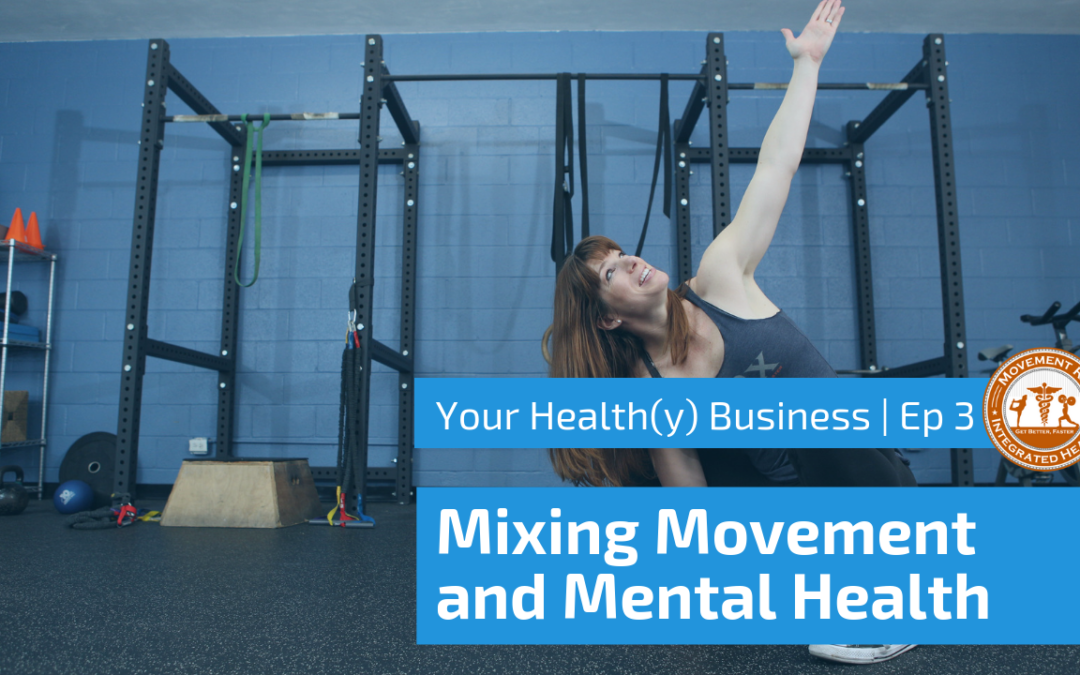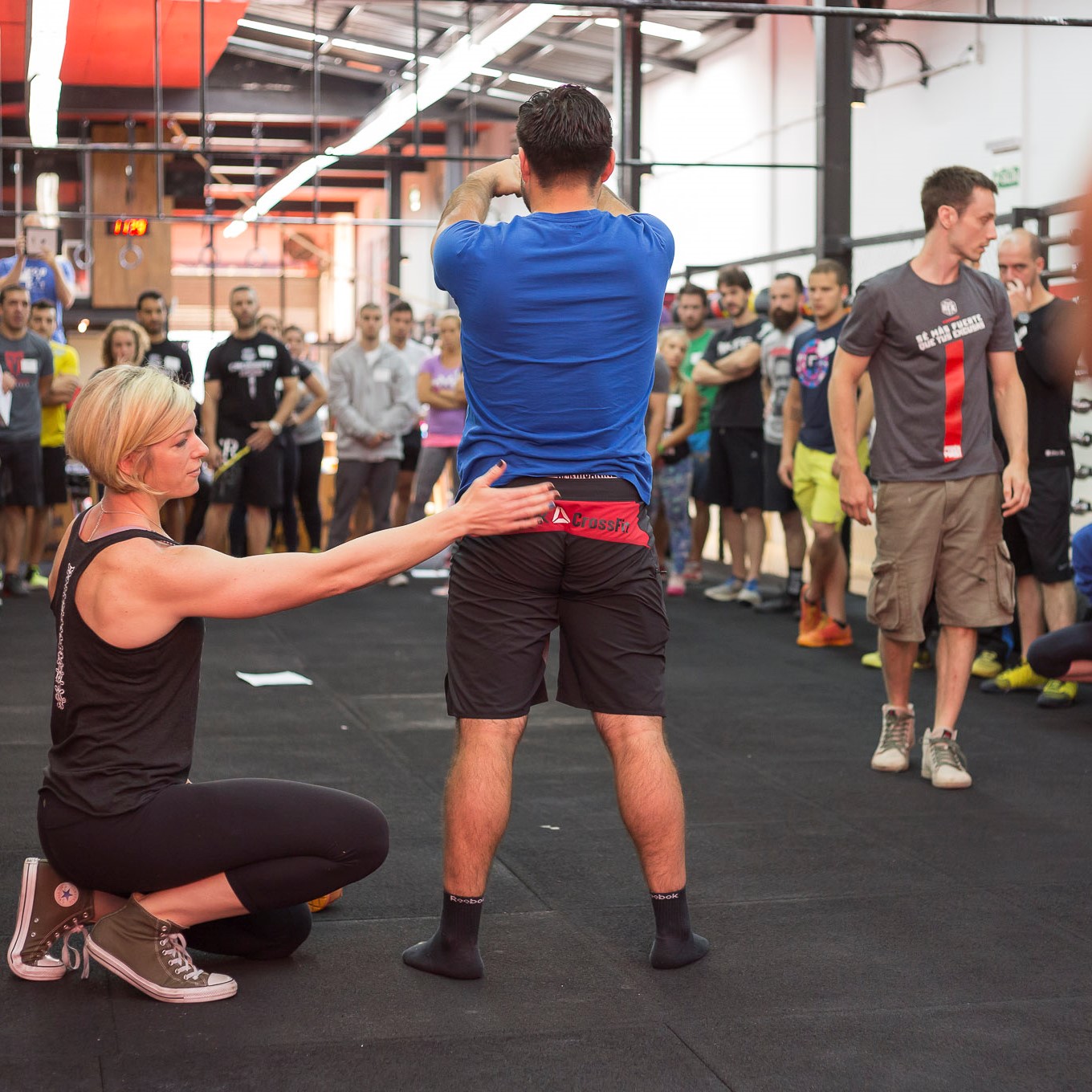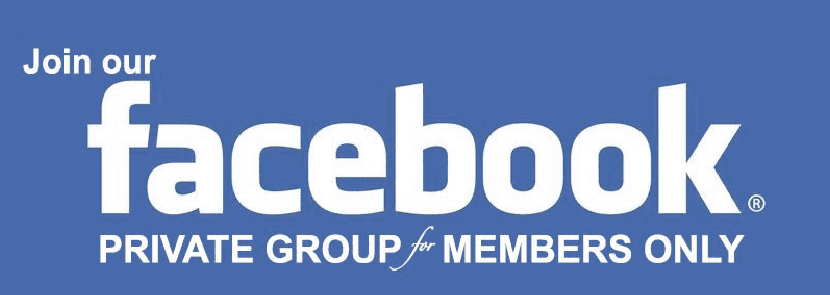Mixing movement and mental health is something that everyone should be tuned into and very few people are talking about. Until recently, the healthcare world had largely ignored it, but it’s finally getting some of the attention it deserves.
For us, it’s nothing new. Dr. T has been having these conversations and indirectly treating depression and anxiety for years. The most recent statistic reports that 1 in 4 Americans suffers from one of the above-mentioned conditions, so why is it that hardly anyone understands or accepts movement as treatment?
In episode 3 of Your Health(y) Business, Dr. T and Movement Rx CEO Per Larson address this head on and provide our personal experiences from health and wellness, as well as the corporate world, as they relate to mental health and movement.
Movement and Mental Health: Drawing the Connection
Drawing a connection from physical therapy to mental health isn’t difficult. When someone is injured, almost every part of their life is affected. Their sleep patterns become disrupted, it affects how they think about themselves, pain effectively blocks otherwise normal neural pathways, etc.
Add a corporate or workplace setting into that mix, where a person is typically already on edge due to work stressors and now they can’t move correctly because of an injury. Not fun.
However, there are more than just negative connotations between pain and mental health. When we focus on fixing the physical manifestations of pain, our studies show that improvements in movement health move in lock-step with improvements in emotional energy outcomes.
The Data on Movement and Mental Health
Over the last 3 years, we’ve assessed and systematically tracked participants in our corporate and online wellness programs, which are comprised of 3 components: breath work (down-regulation), tissue work, and strength development.
We assess participants at the beginning and end of each cycle on movement health, pain levels, and subjective emotional energy levels.
Our data show significant improvement across the population, reducing the average response score from 7.4 (poor energy management) to 4.2 (effective energy management).
This is good news for entrepreneurs and corporations alike. People can be taught to have power over their own mental health!
If you have questions about movement and mental health, let us know in the comments.
To watch the full episode, including our Top 5 lessons learned about mixing movement and mental health, check out the video!
Latest posts by 5dmin (see all)
- 5 Reasons Why Your Corporate Wellness Program Is Not Working - June 13, 2019
- The Power of Assessments - May 9, 2019
- Healthcare and Fitness Partnerships - April 10, 2019







